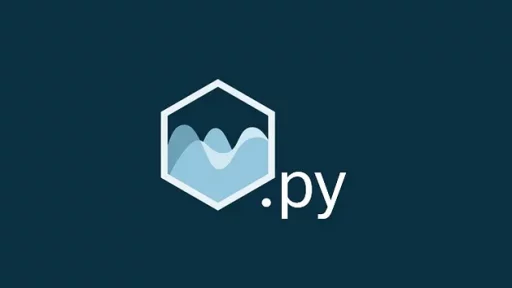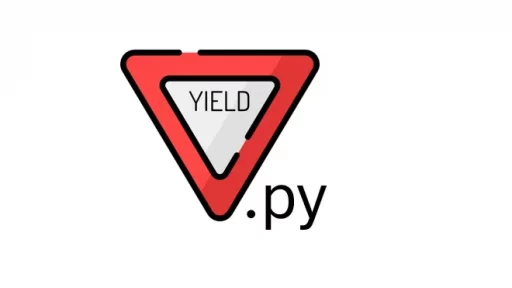Let’s pretend you are someone who runs a newsletter about electronics, keeping track of price trends is essential for sending timely updates. One of the most popular categories in tech is TVs. Knowing when the prices of top-selling TVs drop can help you alert your audience, save them money, and boost engagement.
In this guide, I’ll show you how to track prices for the top ten TVs from Amazon’s Best Sellers list using Python. We’ll store these prices in an SQLite database so we can analyze trends over time. Plus, I’ll explain how the number 172659 in the URL plays a role.
What Does 172659 Mean in the Amazon URL?
We’re going to scrape this URL…
https://www.amazon.com/Best-Sellers-Televisions/zgbs/electronics/172659The number 172659 refers to the specific Amazon category for “Televisions” under the broader “Electronics” category. Each category on Amazon has a unique identifier, and this number directs you specifically to the TVs section within the Amazon Best Sellers page. In this case, when we scrape this URL, we are targeting only the top-selling televisions.
To find other category numbers:
- Navigate to the category or subcategory page you’re interested in.
- Check the URL for the unique identifier, which is usually a series of digits at the end of the URL.
1. Setting Up the Project with a Virtual Environment
We’ll start by creating a virtual environment to keep things tidy.
Create a project folder:
mkdir tv-price-tracker
cd tv-price-trackerSet up the virtual environment:
python3 -m venv venvActivate the virtual environment:
On macOS/Linux:
source venv/bin/activateOn Windows:
.\venv\Scripts\activateInstall required libraries:
Inside your terminal, run the following command to install requests, BeautifulSoup, and sqlite3 for database management:
pip install requests beautifulsoup4 lxml2. Scraping the Top 10 TV Prices from Amazon
Next, we’ll create a Python script to scrape the TV prices from Amazon. We will focus on the Best Sellers page at the URL above. Amazon frequently updates this list, so you’ll get the most current pricing.
Create a file called tv_price_scraper.py in your project folder.
The code:
import requests
from bs4 import BeautifulSoup
import sqlite3
from datetime import datetime
# URL for the Amazon Best-Selling TVs
url = "https://www.amazon.com/Best-Sellers-Televisions/zgbs/electronics/172659"
headers = {
"User-Agent": "Mozilla/5.0 (Windows NT 10.0; Win64; x64) AppleWebKit/537.36 (KHTML, like Gecko) Chrome/91.0.4472.124 Safari/537.36"
}
def get_tv_prices():
response = requests.get(url, headers=headers)
if response.status_code != 200:
print(f"Failed to retrieve the page. Status code: {response.status_code}")
return None
soup = BeautifulSoup(response.content, 'lxml')
tvs = []
# Find the top 10 TVs in the Best Sellers list
tv_list = soup.find_all('div', class_='zg-grid-general-faceout', limit=10)
for tv in tv_list:
title = tv.find('div', class_='p13n-sc-truncated').get_text(strip=True)
price_tag = tv.find('span', class_='p13n-sc-price')
if price_tag:
price = price_tag.get_text().strip()
tvs.append((title, price))
return tvs
def store_prices_in_db(tv_data):
conn = sqlite3.connect('tv_prices.db')
c = conn.cursor()
# Create a table to store price data if it doesn't already exist
c.execute('''CREATE TABLE IF NOT EXISTS prices
(date TEXT, title TEXT, price TEXT)''')
# Insert the TV price data along with the current date
date_now = datetime.now().strftime("%Y-%m-%d %H:%M:%S")
for tv in tv_data:
c.execute("INSERT INTO prices (date, title, price) VALUES (?, ?, ?)", (date_now, tv[0], tv[1]))
conn.commit()
conn.close()
if __name__ == "__main__":
tv_prices = get_tv_prices()
if tv_prices:
store_prices_in_db(tv_prices)
print(f"Stored prices for {len(tv_prices)} TVs in the database.")What Does This Code Do?
- Scraping TV Prices:
- We use
requests.get()to fetch the HTML content of the Amazon Best Sellers page for televisions. - Using
BeautifulSoup, we parse the page and extract the top 10 TVs and their prices. The class"p13n-sc-truncated"represents the product title, while"p13n-sc-price"holds the price.
- Storing Prices in SQLite:
- The
sqlite3module lets us create a local database namedtv_prices.db. - We insert the TV prices along with the current date into a table. This allows us to track prices over time and see trends.
3. How to Run the Script
- Make sure you’re still in your project folder and your virtual environment is activated.
- Run the script:
python tv_price_scraper.pyIf everything runs smoothly, the script will print that the prices for the top 10 TVs have been stored in the SQLite database.
4. Viewing the Data
Now that the data is stored in an SQLite database, we can easily query it to see trends. For instance, you can query the database directly in Python or use a tool like DB Browser for SQLite to inspect the data.
Here’s a quick Python script you can add to view the stored prices over time:
import sqlite3
def view_price_trends():
conn = sqlite3.connect('tv_prices.db')
c = conn.cursor()
c.execute("SELECT * FROM prices ORDER BY date ASC")
rows = c.fetchall()
for row in rows:
print(f"Date: {row[0]}, TV: {row[1]}, Price: {row[2]}")
conn.close()
if __name__ == "__main__":
view_price_trends()Running this script will show you a list of all the TV prices you’ve tracked over time, allowing you to see when prices drop or increase.
5. Automating the Process
You can take this further by automating the price check. Set it up to run every day at a specific time, so you continuously gather data and can share up-to-date information with your audience.
- On Linux/macOS, you can use
cron:
crontab -eAdd a line like this to run the script every day at 8 a.m.:
0 8 * * * /path/to/venv/bin/python /path/to/tv_price_scraper.pyOn Windows, you can use Task Scheduler.
6. Sharing Price Trends with Your Newsletter Audience
Now that you’ve set up the script to track prices, you can share the insights with your audience. Some ideas for your newsletter include:
- Highlight TVs with the most significant price drops over the last week.
- Point out trends (e.g., “Prices tend to dip in the middle of the month”).
- Recommend the best TV deals based on your price tracking data.
Thank you for reading this article. We hope you found it helpful and informative. If you have any questions, or if you would like to suggest new Python code examples or topics for future tutorials/articles, please feel free to join and comment. Your feedback and suggestions are always welcome!
You can find the same tutorial on Medium.com.


